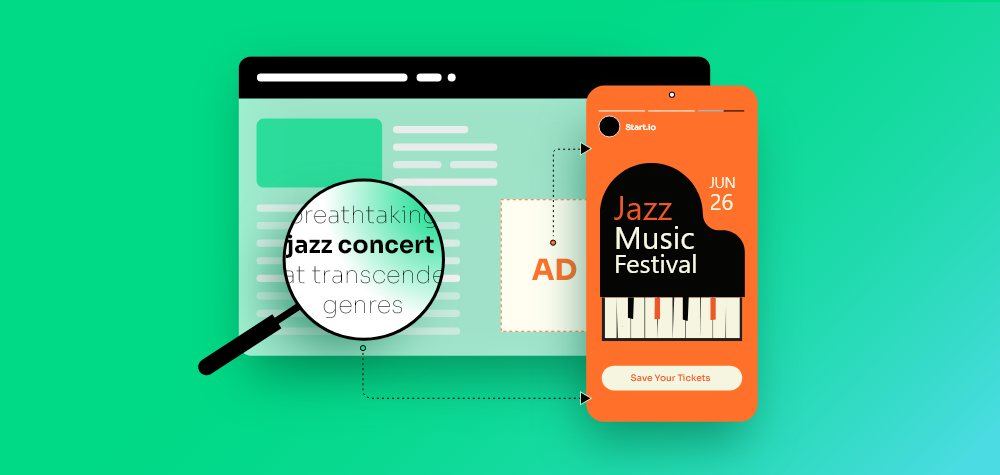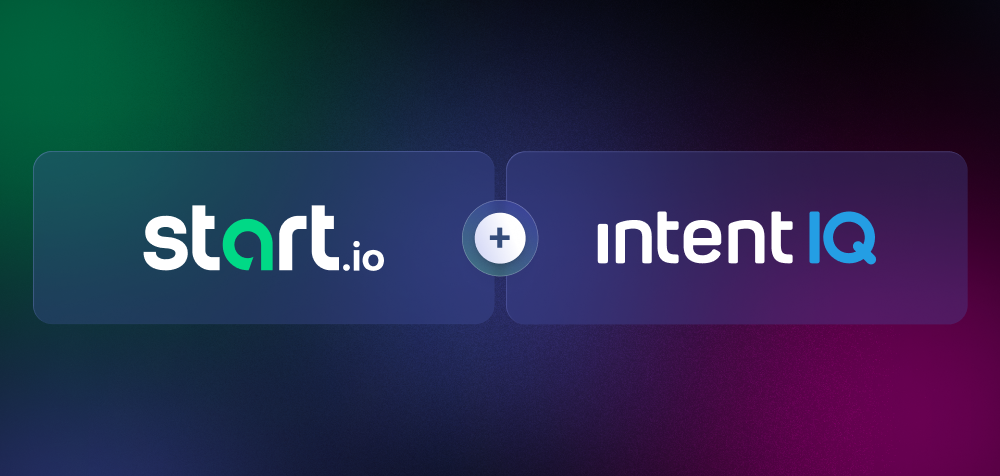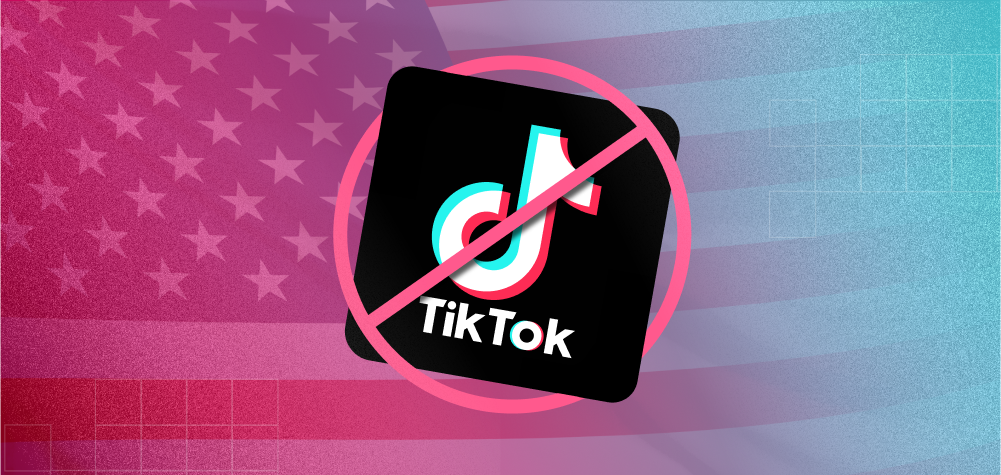Imagine you’re in the movie theater for the latest action blockbuster.
The trailers you’re NOT likely to see are rom-coms, arthouse films, and kids’ cartoons.
The trailers that probably are playing include The Avengers, the next Fast & Furious, or maybe a war film.
The cinema management or movie distributor has no idea that YOU are sitting in the audience. But they know that the people paying to see this film are likely to want to see other fast-paced, action-filled movies. It’s all about context. Context matters a great deal, in the movie cinema, and especially for online marketing.
Billions of digital ad impressions are shown online to countless users, every day, all over the world. Global programmatic ad spend is expected to grow to nearly $560 billion this year, with no signs of stopping.
Global programmatic advertising spending from 2017 to 2026 (in billion U.S. dollars):
Source – Statista
Digital marketers have typically relied on third-party cookies and mobile user IDs to target their ads to the right audiences. However, with data privacy laws becoming stricter all the time, the end of the cookie era is in sight. The industry is looking for a new way to target potential customers with a strong measure of accuracy while staying compliant with privacy regulations.
The answer? Contextual targeting.
What is contextual targeting?
Contextual targeting is the process of targeting ads to audiences based on the content of the page they are viewed on. It also uses other ‘contextual’ signals to determine which ads are most relevant and appropriate to the viewer, including location, weather, trends, events, sentiments and interests. With the help of machine learning models and data science, contextual targeting platforms analyze all these signals to gain a holistic understanding of the audience and serve targeted ads based on that analysis.
In comparing contextual targeting vs behavioral targeting, the most important distinction is that contextual ads do not rely on third-party cookies, or on the browsing and shopping data of online users. In the face of cookie depreciation and changing MAID tracking rules, contextual marketing offers a viable alternative to online targeting. Indeed, more advertisers are moving to incorporate contextual media into their mix – global contextual ad spend is forecast to reach over $375 billion in the next 5 years.
Source – Statista
How does contextual targeting work?
With contextual targeting, advertisers are targeting audiences based on the content of the web page or app, rather than on actions the user has taken in the past. But how does the contextual advertising platform know the content or context of web pages?
Here’s how it works: Crawlers are employed to scan web pages or apps. With the help of advanced AI, the pages are analyzed and categorized according to a range of variables. When a user lands on the web page, they are targeted with ads that are based on the meaning and content of the interaction.
For example, a user located in Massachusetts visits a news website. The contextual platform analyzes the weather in that location – a heatwave. Based on this anonymized data insight, an ad for sun cream is immediately served.
By combining additional contextual data, advertisers can get even more precise with their targeting. For instance, statistical analysis about e-commerce purchases in a particular area provides insights about what products and trends are popular. Advertisers can target users in that area with ads for similar or related products. Together with real-time weather data or other signals, this builds a robust and valuable context in which to frame the targeting strategy and reach relevant and engaged audiences.
The mobile ecosystem is also turning to context as a key to user targeting. For mobile apps, device-based targeting is one method of effective contextual advertising.
What are the benefits of contextual advertising in a cookieless world?
A contextual advertising solution will be essential for effective online targeting in a post-cookie world. Apart from the legal aspects of data privacy, online audiences are also changing – they expect relevant ad experiences and are choosing to opt out of targeting when it seems too intrusive.
Here are some of the benefits of contextual advertising for the programmatic ecosystem today:
- Provides an alternative targeting option: Previously, advertisers depended on a user’s past online behaviors to predict which ad to serve. For example, with behavioral targeting, a user may be served ads based on a recent online purchase, a product page they clicked on, or an article they read. While this targeting is very precise for the user, it is on the way to becoming impossible, thanks to data privacy regulations such as GDPR, CCPA, and Apple’s App Tracking Transparency (ATT). Contextual marketing provides an effective, compliant and necessary alternative to cookies and MAID-based tracking and targeting.
- Enhances ad relevance and user experience: One of the major challenges for digital advertisers is how to target online users without being annoying or intrusive. Consumers are suffering from ad fatigue; they see thousands of online ads every day. With a contextual advertising platform, brands and advertisers can serve ads that have deep relevance to the content on the page or app, and the context in which the user is interacting with it. This helps to boost ad relevance and make the user experience more satisfying.
- Removes the ‘creepiness’ of ad targeting: For many consumers, there is a fear of being ‘stalked’ by brands online. Frequency capping provides a partial solution, ensuring that the user is not served the same ad too many times. However, behavioral targeting opens the door to negativity from online users who don’t want to be tracked and monitored on the internet. Contextual targeting offers a sense of relief, targeting users based on generalized, anonymized and context-based parameters, rather than their specific or personal history.
- Adheres to changing privacy regulations: Data privacy laws are constantly evolving. While the cookieless world has been slower in arriving than expected, it is almost here. More to the point, after cookies are finally eliminated, there will most certainly be further evolutions to online privacy regulations and norms. With ongoing advancements in AI technology and data science, the ability to target contextually will become even more effective, while keeping up with policy shifts and adjustments to online consumer culture.
- Supports brand safety: Brand safety is a constant challenge. Yet it is critical for advertisers to maintain their reputation and image. Behavioral targeting can be risky as it relies on the users’ past online activity, which may involve visits to unsafe sites.
Contextual advertising takes the opposite approach, serving ads based on the content and context of the web page, not the users themselves. Advertisers can define the contextual signals and parameters, like topics and keywords, to ensure their ads do not appear on unsavory websites. This is a major benefit of contextual targeting, and more advertisers are choosing to take advantage.
- Increases advertising ROI: Contextual targeting has been shown to improve campaign results X1.5 to X2.5 compared to other targeting methods. In the competitive advertising ecosystem, every impression and every dollar counts. With contextual advertising, brands and businesses can boost the user experience, target audiences with high relevance ads, and realize better performance from their advertising spend.
Where can you use contextual advertising?
As contextual targeting becomes more popular, advertisers are leveraging the benefits on a range of ad networks and platforms, including display, native, video and mobile. Here are some instances where you can use contextual advertising:
Google AdSense
Contextual targeting with Google AdSense uses Google’s advanced algorithms to analyze the content and keywords on web pages in real time. Publishers can integrate the AdSense code on their websites to facilitate this process. When a user lands on a web page, ads that are relevant to the topic of the page are served. According to Google, this approach ensures that the ads match the interests of the user and the content on the web page, leading to higher engagement rates for advertisers and increased revenue for publishers.
Weather triggered advertising
Advertisers can leverage weather APIs to access real-time weather data for certain locations. Contextual targeting platforms then analyze the weather conditions, such as temperature, rainfall, or snow, in order to determine which ads will be most relevant. On a rainy day, for example, an ad for an indoor children’s play center will resonate with the immediate needs and interests of the targeted users in that location.
In-game & in-video contextual advertising
AI algorithms analyze the content of games and videos, and then the most context-appropriate ads are served to the user. For example, the genre of the game or the topic of the video provide strong indicators of which ads will be relevant to the user experience.
With contextual targeting, publishers can ensure that the ad experience is non-intrusive and enjoyable for the user who is interacting with the game or video. This helps to enhance user engagement and gives advertisers an opportunity to reach interested audiences in interactive online environments.
Native advertising
Native advertising is a type of online ad designed to integrate seamlessly with the surrounding content and the on-page experience. For this reason, native ads are less disruptive to online audiences, and they typically drive higher engagement and brand lift than display ads. Some native advertising platforms already offer a range of advanced contextual targeting options, including web page analysis, location signals, interest and sentiment signals, and user intent predictions based on generalized cohort data.
Conversational marketing
Conversational marketing includes the use of chatbots, messaging apps or live chat to engage users in real-time interactions. Contextual targeting analyzes keywords and topics in customers messages, chats and conversations to decipher insights into user intent. The platform then implements AI algorithms to serve relevant, appropriate and personalized responses and recommendations. This is essential to creating a highly engaging and tailored user experience.
AI advertising
AI advertising is the use of artificial intelligence and machine learning algorithms to optimize ad targeting. AI has the capability to continuously analyze vast amounts of data, including ad content, audience signals, device signals and much more, identifying patterns and trends that lead to effective ad placements. This is key to contextual targeting, as AI-powered platforms continuously learn and improve their predictive models to deliver personalized, contextually relevant ads to online and mobile users.
The future of contextual advertising
Contextual advertising has an important superpower: the ability to overcome data privacy restrictions. For this reason, contextual targeting may well be the future of digital advertising.
Over time, advancements in natural language processing and machine learning algorithms will support more sophisticated contextual analysis. Already today, contextual targeting technology is going beyond keywords and beginning to analyze semantic meaning and sentiment. As these capabilities improve, advertisers will be able to tap into predictive data about users’ sentiments and feelings, providing incredibly valuable and rich information on which to base targeting strategies.
Furthermore, contextual advertising will advance to incorporate different forms of content besides written text, including images, video and even audio content. These additional cues, analyzed together, will enable a deeper understanding of context so advertisers can become even more creative, accurate and personalized in their ad experiences than ever before.
In the future, contextual advertising may well develop cross-platform capabilities, enabling advertisers to serve consistent, relevant and engaging ad experiences across multiple touchpoints in a user’s digital journey. It may even lead to the ability to integrate with new technologies, such as AR, VR and voice assistants. Advertisers will be able to target users based on their interactions with these technologies and the deep data set of contextual signals they provide.
This will open up new potential ad experiences for advertisers to engage with customers in a highly immersive and personalized way. At the same time, it will provide powerful additional revenue opportunities for publishers.
Contextual advertising examples – Case study
Branding agency Proof Advertising worked with Start.io to leverage contextual targeting for their clients’ mobile campaigns, in a unique and innovative way.
The Start.io SDK integrated a new feature designed to target users with a specific ‘traveling intent’, based on their device’s motion behavior. This hyper-contextual targeting method allowed for precise context of the journeys of road trippers and people on the move.
The SDK uses various mobile signals to detect significant user motion, enabling real-time targeting and optimization. It also provides added granularity by taking more factors into account, such as the user’s local time, geolocation, app category, app version, ad placement, device language, previous session’s ad engagement, and more. This comprehensive set of contextual signals helps to deliver ads to users at the right moment and in the right context, leading to significant success in campaign performance.
- Over 2X increased website engagement compared to demographics-based targeting.
- Users spent 35% more time on site.
As far as contextual advertising examples go, this collaboration between Proof and Start.io demonstrates the power of contextual signals in targeting and engaging highly specific audiences, without needing to rely on traditional user behavior analytics or privacy-restricted data.
Create effective campaigns to reach your target audience
Finding and targeting the right audiences among the digital ‘haystack’ is a top challenge for advertisers. With contextual ads, advertisers and marketers can access a powerful targeting method that will replace standard methods of behavioral targeting that are being phased out, along with cookies and MAID tracking. With the help of Start.io contextual marketing for mobile, businesses can gain the relevant contextual insights to deliver the best possible ad experiences for their target audiences, and better campaign performance overall.
Contextual Targeting FAQs
What value does contextual advertising bring to marketers?
Advertisers can effectively target audiences with relevant, engaging ad experiences, without having to rely on third-party cookies or user behavioral data. This makes it an important alternative targeting strategy in light of cookie depreciation and increased laws and regulations about tracking mobile users.
Contextual targeting vs audience targeting – What is the difference?
A contextual targeting definition focuses on a targeting method that is based on contextual signals, such as page content, location, weather, interests and sentiment. Audience targeting is a broader term that covers all the ways that online audiences can be targeted with digital ads and content, including contextual advertising. Other examples of audience targeting include behavioral targeting and retargeting.
How effective is contextual advertising?
Contextual advertising is proving itself to be a powerful and effective tool for audience targeting. According to recent research, ad campaigns that use contextual targeting perform 1.5-2.5 times better than other targeting strategies.






